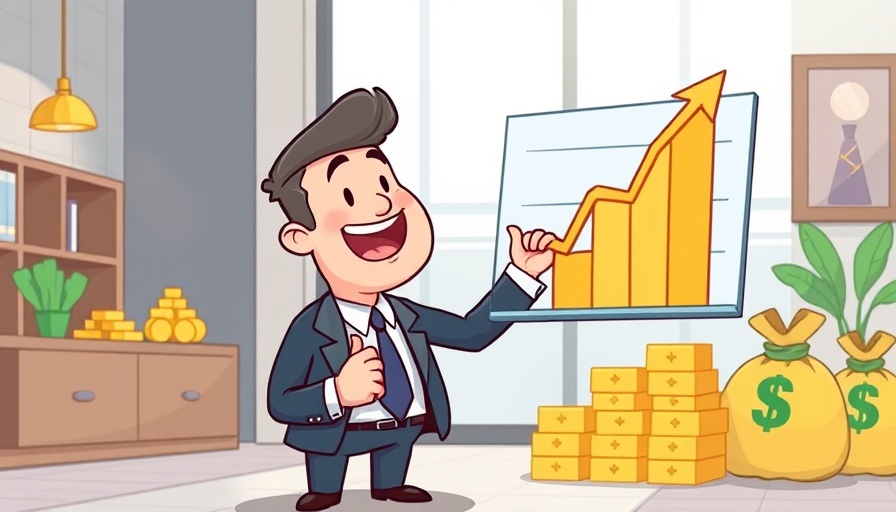
The Mystery of "Yes" vs. Action
Have you ever experienced that unsettling moment when a customer enthusiastically nods along during a sales pitch, only to vanish into thin air as soon as you ask for their commitment? If this sounds familiar, you're not alone. A staggering 60% of potential customers express interest but fail to follow through on purchases, according to a HubSpot study. So why does this happen? Understanding why customers hesitate after expressing positive interest is crucial for any business. Let's delve into some hidden barriers that can turn a straightforward transaction into a missed opportunity and discover practical ways to convert that interest into action.
Politeness: The Unsung Sales Barrier
We've all been there—a customer agrees to your terms, perhaps out of politeness or to avoid confrontation, rather than genuine interest. This false sense of agreement can lead sales representatives down the wrong path, investing time and energy into a lead that was never truly interested. To combat this issue, you might consider rephrasing your questions. Instead of asking, "Are you interested?" try asking, "What concerns do you still have?" This slight shift encourages more honest dialogue and gives customers the space to voice their true feelings.
Building Customer Trust
Trust is a critical cornerstone in the buying process. Customers may love your product but still hesitate due to uncertainty about your brand or its offerings. This hesitance can stem from various factors—poor reviews, lack of testimonials, or ambiguity in your return policy. Building trust requires diligence; make sure your support signals are visible and easily verifiable. Share genuine testimonials, display a clear money-back guarantee, and provide detailed information about shipping times or service protocols. By making these elements straightforward, you can significantly ease customer doubts.
The Decision-Making Dilemma
Often, a customer may genuinely want to make a purchase but lacks decision-making authority. This is increasingly relevant in B2B transactions where final approval may rest with another person, such as a manager or partner. Addressing this upfront can save valuable time. Simply ask customers, "Is there anyone else who needs to sign off on this?" Early identification of additional decision-makers can help streamline the buying process.
Timing and Process Complexity: The Double-Edged Sword
Bad timing is another common reason potential buyers stall. Customers might have genuine interest but are experiencing constraints in budget cycles or project timelines. Additionally, if the purchasing process feels too cumbersome or complex, even interested customers may shy away. Simplifying your transaction process—think fewer steps in checkout or clearer guidance on pricing—can make all the difference in converting interest to sales.
Creating Meaningful Connections
Ultimately, creating genuine connections and communicating effectively with potential customers can help bridge the gap between a verbal commitment and the final sale. Combining transparency, trust-building, and straightforward queries can alleviate customer's concerns and lead them to take action. This strategy not only fosters sales but cultivates lasting customer relationships.
In conclusion, understanding the reasons behind the disconnect between expressed interest and completed sales is vital for business growth. As you work to refine your sales approach, pay attention to these barriers and proactively address them. Every sales conversation is an opportunity to learn and adapt. Embrace these insights, and soon those tentative "yeses" will transform into confirmed purchases!
 Add Row
Add Row  Add
Add 



Write A Comment